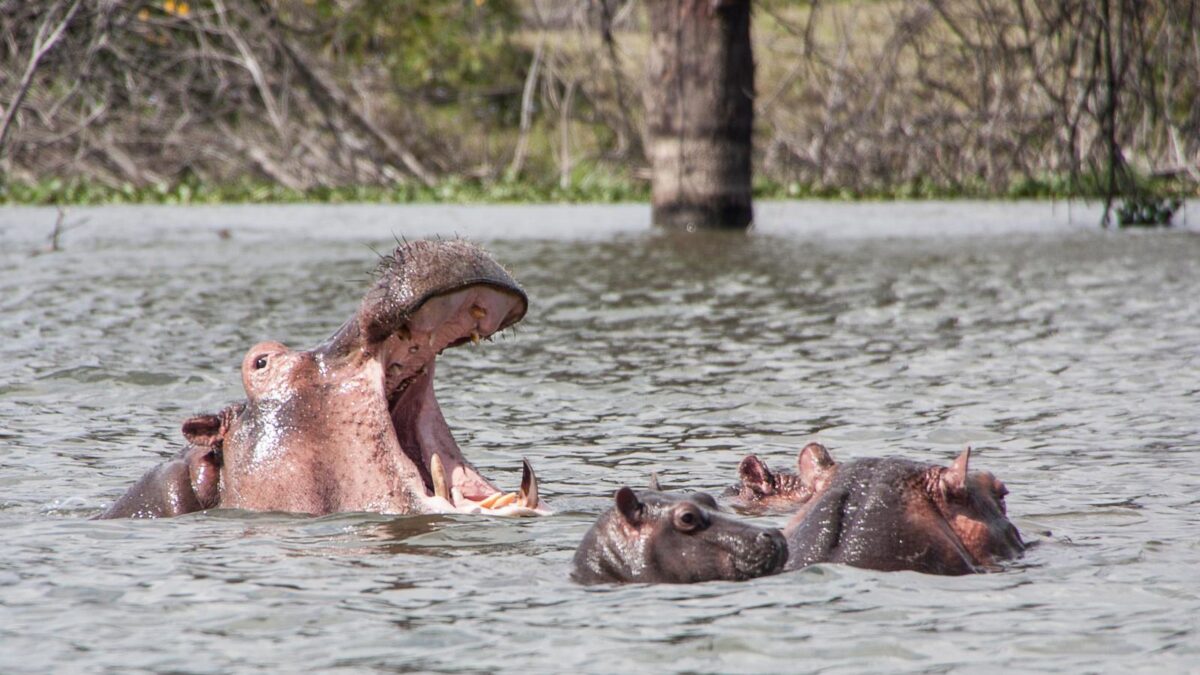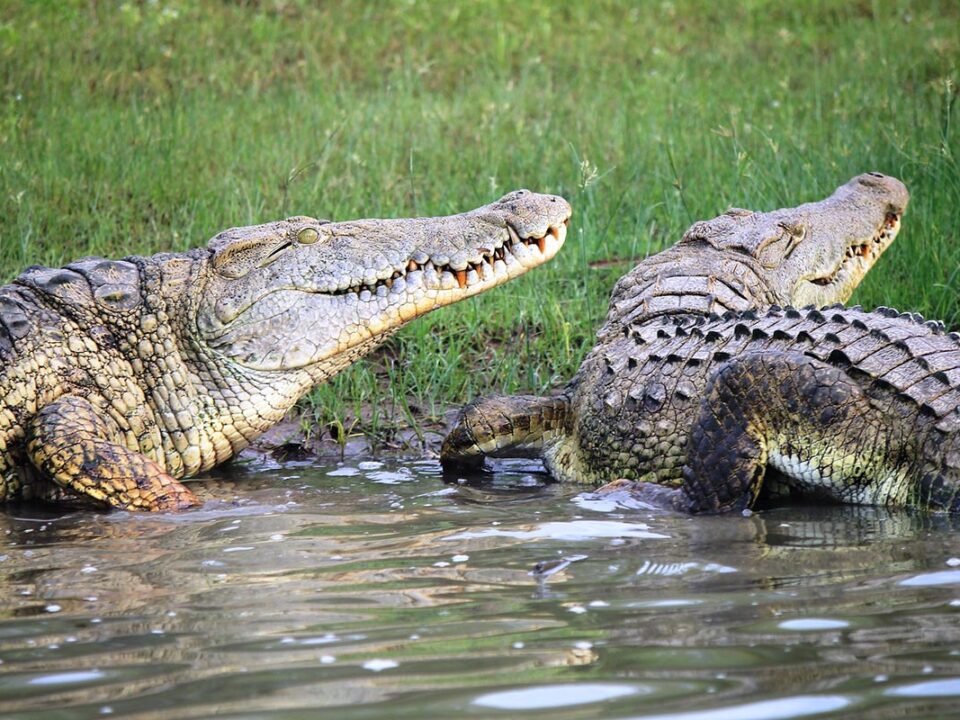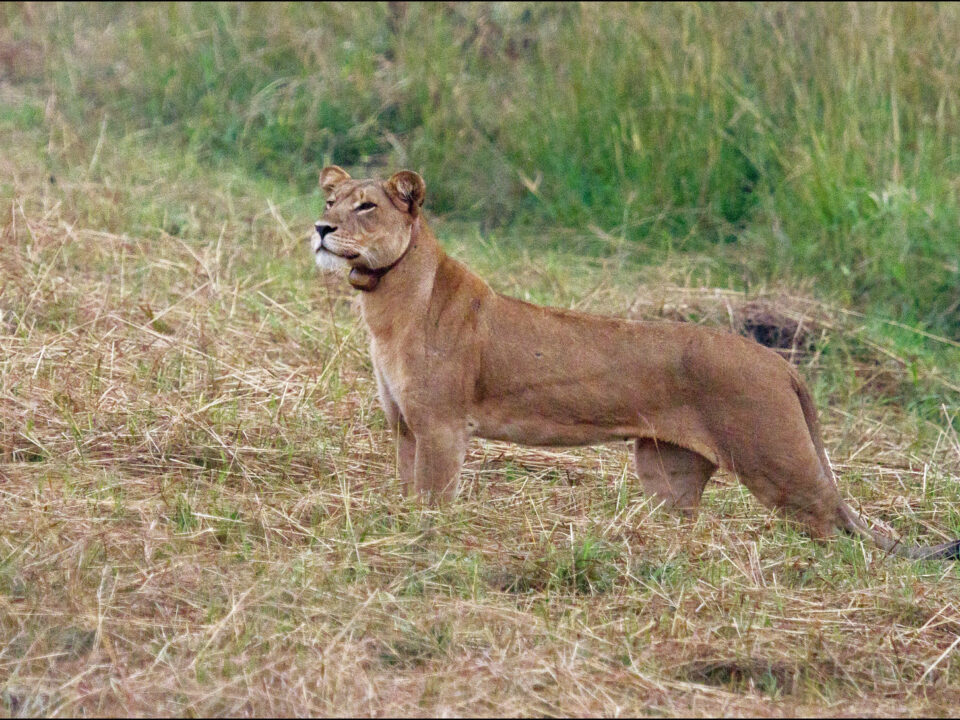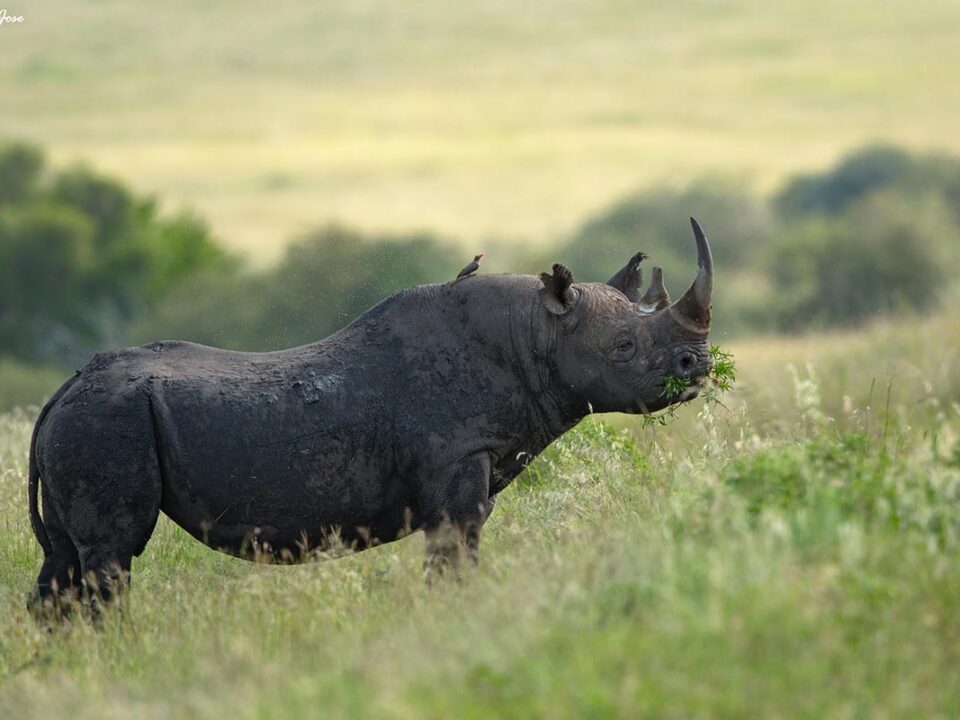Lake Naivasha Safari in Kenya

Money on a Uganda Safari
February 19, 2024
Lake Nakuru Safaris in Kenya
February 19, 2024Exploring the Tranquil Wilderness of Lake Naivasha in Kenya
Embarking on a Lake Naivasha safari in Kenya unveils the beauty of a freshwater oasis nestled outside the town of Naivasha in Nakuru County. This stunning lake, a jewel in the Great Rift Valley, derives its name from the Masai term “Nai’posha,” translating to “rough water” due to sudden storms that can grace its surface.
Situated at the highest elevation of the Kenyan Rift Valley, Lake Naivasha stands at 1,884 meters, encompassing a geological blend of volcanic rocks and sedimentary deposits from a larger Pleistocene era lake. Fed by the Malewa and Gilgil rivers, with no visible outlet, the lake’s relatively fresh waters suggest an underground outflow.
Covering 139 square kilometers, surrounded by a fluctuating swamp of 64 square kilometers, Lake Naivasha is a haven for diverse wildlife. Boasting over 400 bird species and a significant hippo population, the lake offers a rich tapestry of natural wonders. With an average depth of 6 meters and a maximum depth of 30 meters at Crescent Island, it holds a captivating allure for explorers.
Lake Naivasha’s fish community has experienced variability influenced by climate changes, fishing efforts, and the introduction of invasive species. A notable shift occurred in 2001 with the accidental introduction of common carp, comprising over 90% of the fish mass by 2010.
In proximity to Lake Naivasha, two smaller lakes, Ojoiden and Sonachi, add to the allure. The Crater Lake game sanctuary enhances the region’s biodiversity, while the lakeshore reflects the presence of European immigrants and settlers.
Historically, Lake Naivasha served as a landing place for flying boats on the Imperial Airways route from Britain to South Africa. Renowned author Joy Adamson, known for “Born Free,” resided on the lake’s shores in the 1960s. The area holds historical significance with Oserian (“Djinn Palace”) and its association with the Happy Valley days. In 1999, the Lake Naivasha Riparian Association received the Ramsar Wetland Conservation Award for its conservation endeavors.
Floriculture thrives as the primary industry around the lake, but concerns arise from unregulated water usage for irrigation impacting lake levels. Fishing provides employment and income, reflecting the ebb and flow of the lake’s depth according to rainfall patterns.
Despite being considered the “Jewel in the Crown” of East African lakes, Lake Naivasha faces ecological challenges from human pressures, including horticulture and agriculture expansion. The lake, once a symbol of pristine beauty, grapples with nutrient inflows, sewage, and effluents, emphasizing the need for sustainable conservation efforts.
The geothermal industry’s entry in 1981 marked a new chapter for Lake Naivasha, generating electricity, but concerns arose about its impact on lake water levels. The lake witnessed fluctuations, reaching a depth of 0.6 meters in 1945 and bouncing back to nearly 6 meters in 1968. A significant decline in 1987 fueled speculation about the lake’s underground water feeding the Olkaria geothermal reservoir, raising questions about the industry’s future.
As Lake Naivasha continues to evolve, balancing conservation with human activities remains pivotal for preserving this remarkable natural gem in the heart of Kenya.




